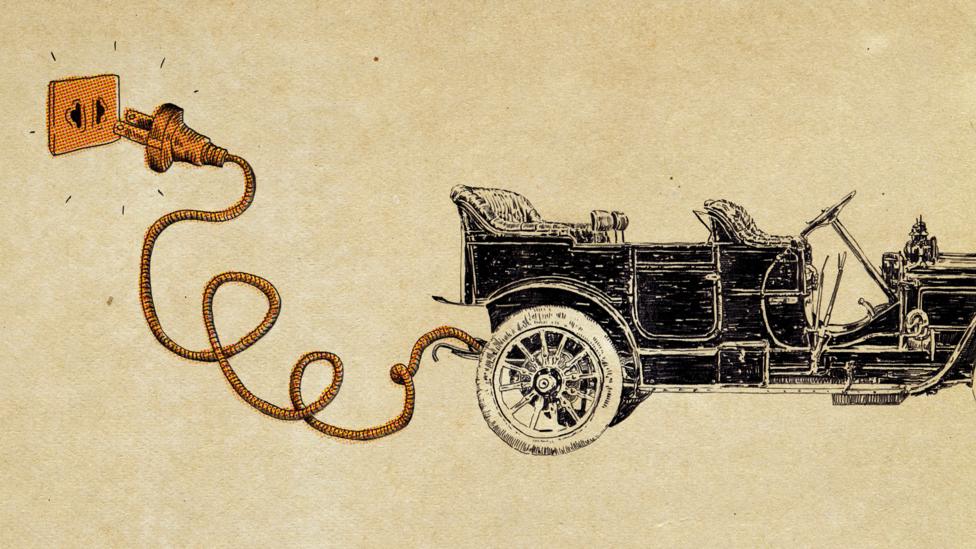
A
"After years of headlines about air pollution, we’ve been misled on a few things about the world’s biggest environmental health problem. For example, we’re told that “PM2.5” – solid pollution particles measuring 2.5 micrometres or less – can pass through our lungs and into our blood stream.
But, in fact, the vast majority of them can’t.
We’ve also been told NOx gases – including nitrogen dioxide – are the biggest threat to health within cities. However, NOx is responsible for just 14% of deaths attributed to air pollution in Europe.
The biggest killer of all never makes the headlines, isn’t regulated, and is barely talked about beyond niche scientific circles (despite their best efforts to change that narrative): it’s nanoparticles.
PM2.5 may be too small to see, being roughly 30 times smaller than the width of a human hair. But it’s a relative heavyweight. PM2.5 stomps in at 2,500 nanometres (nm), while nanoparticles are 100nm or below. PM2.5 and PM10 (10,000nm) are killers in their own right, typically causing lung and respiratory conditions. Yet nanoparticles can reach, and wreak havoc in, any organ in the body. And because government authorities monitor PM2.5 by mass (million of nanoparticles may not even register a measurement by microgram) – their reports underrepresent the true risks.
The science of why we should be concerned about the total number of particles that we breathe in, not just their mass, has been known for some time. In 2003, Surbjit Kaur was a young researcher finishing her Masters at Imperial College London, when her supervisor suggested she join the Dapple experiment (the Dispersion of Air Pollution and its Penetration into the Local Environment). Kaur designed a personal exposure study, with a team of six volunteers “dressed up like Christmas trees” with various different air pollution sensors, and asked them to travel a set route in central London every day for four weeks."
............................................................................................................................."Within the same town or city, our daily exposure to air pollution can differ greatly by person, by mode of transport, by the routes we take. Most cities or countries measure this with a handful of stationary monitoring stations, which can only test the air immediately next to them. We don’t, however, spend our lives standing still.
“I still find it fascinating”, says Kaur, speaking to me from her Thames-side offices, overlooking the London Mayor’s office. “If you are introducing air pollution policy for the wellbeing of humans, and you base that guidance on data that isn’t relevant, are you really helping people or are you actually hindering?”
https://www.bbc.com/future/article/20191113-the-toxic-killers-in-our-air-too-small-to-see?ocid=global_future_rss
No comments:
Post a Comment